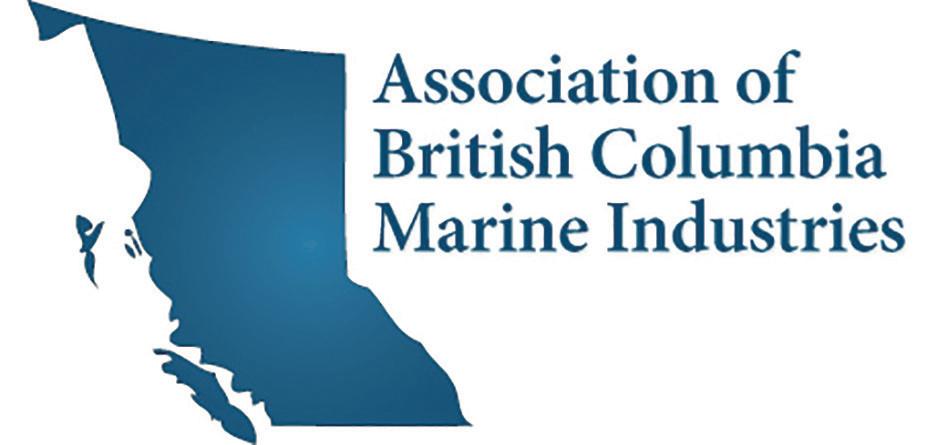BEST PRACTICES Abandoned vessels
The bane of ports everywhere
N
avigational hazards, threats to the environment and just plain eye sores. There’s not a port in the world that isn’t familiar with the headaches posed by abandoned and derelict vessels (ADVs). While logistical issues of removal will vary from jurisdiction to jurisdiction and vessel to vessel, there are two challenges that are constant for all — the cost, and who pays. Strained government budgets try to keep up but as the cost of removal usually far outweighs the amounts available, all too often, the burden falls to ports. However, that’s not always the case. In keeping with the APP’s mandate of highlighting best practices and creating awareness of innovations that might just work in your jurisdiction, the following focus on Washington State demonstrates how collaboration, partnerships and policy are coming together to provide the gold standard in addressing the issue of abandoned vessels.
Strained government budgets try to keep up but as the cost of removal usually far outweighs the amounts available, all too often, the burden falls to ports. In context
Singling out Washington was not the original intent of this article. Other U.S. states as well as Canada, Australia and Pacific Rim countries have programs that are equally active and dedicated to the ADV problem however, Washington’s recent passing of legislation in June 2020, demonstrates how strengthening laws addressing ADVs can provide for continual improvements to prevention and enforcement as well as ongoing and sustainable funding. “Hands down, the greatest prohibitive factor/challenge in dealing with abandoned and derelict vessels, is cost,” writes Kirk Nichols, Assistant Chief,
Harbor Police at the Port of San Diego, California. A comment echoed by other APP members and non-members. “In our port, we currently have four abandoned vessels that the port will pay to dispose of,” writes Ken Range, Commissioner for the Port of Brookings Harbor, Oregon. It was Range’s enquiries that led to this article. In summarizing expenses, Nichols cites “the commercial towing of the vessel, temporary storage of the vessel waterside, removal of the vessel to a long-term storage lot, and subsequent destruction and hazardous materials (oil, fuel, batteries) clean-up costs. If the vessel sinks before it can be towed, or


















